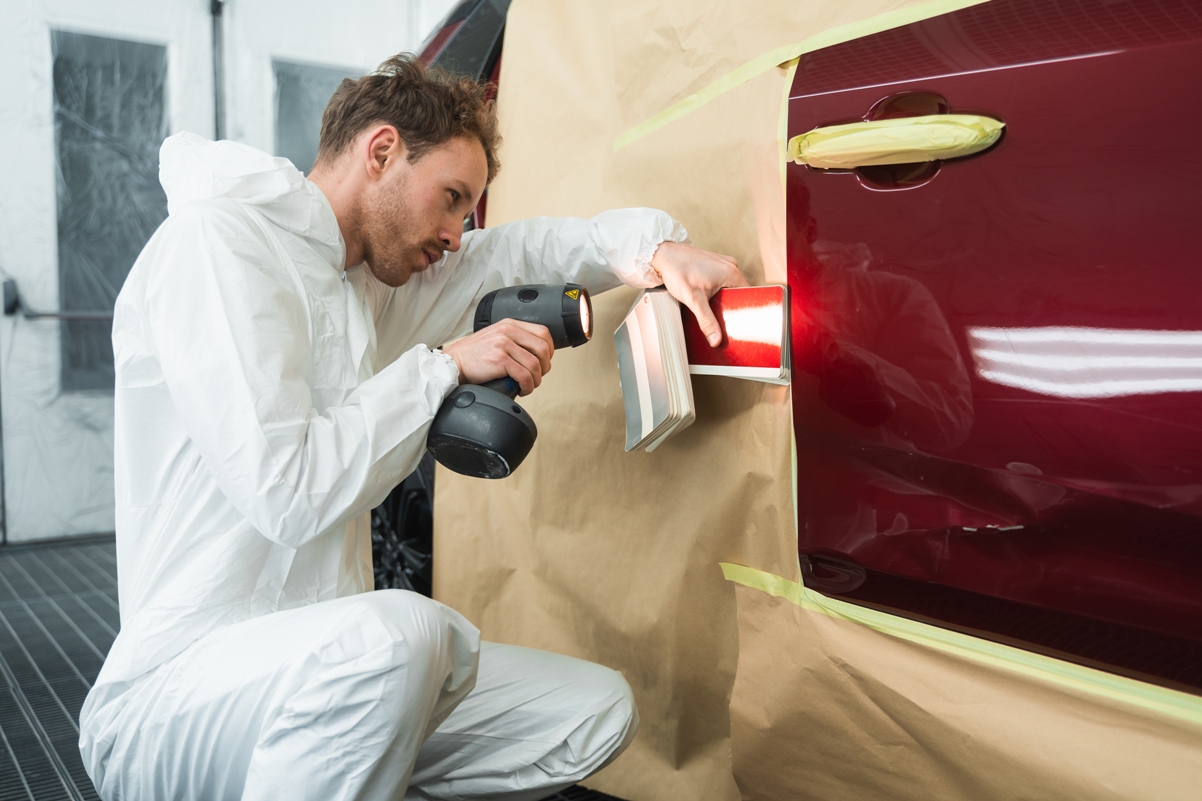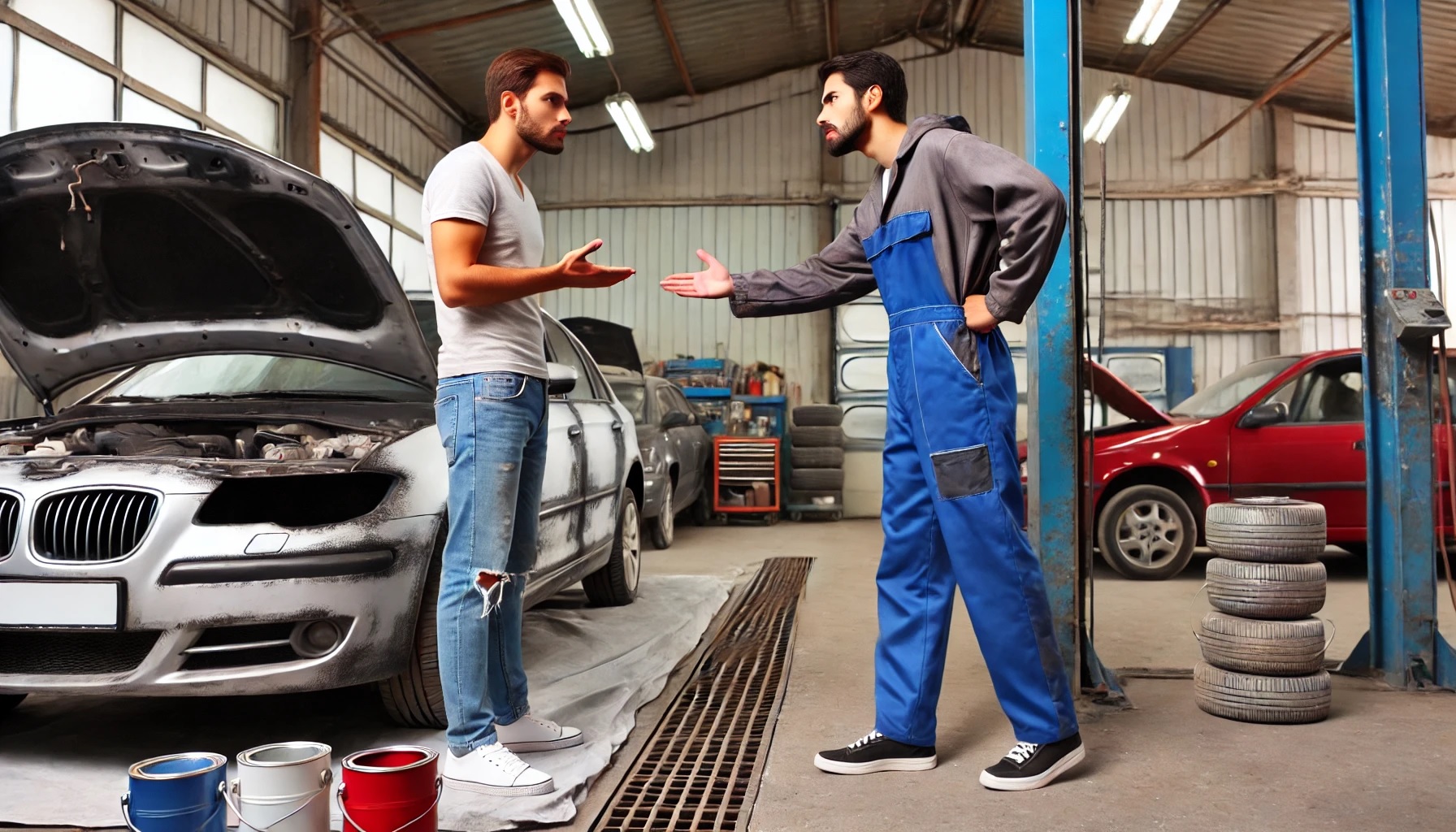The biggest challenge in the collision repair industry is to keep it young.
The idea of this post came to me just a few days ago while I was strolling with my family through Athens shopping district, buzzing with last minute Christmas shoppers. We walked into a small candle shop full of candles of all shapes, colors and smells. After a short chat with the owner I learnt that her business has been established in 1888, when candles in Greece were necessity, not decoration items. “How did you manage to survive until now, when light is available even on a smartphone we carry?” I asked. “We adopt and pass our knowledge to our next generation,” she replied.
Since this is the last blog post for this year, I wanted to put the current problems aside for a while and think about the future. So, what does the future holds for the collision repair industry? Optimists will probably think of stable growth. People are not going to stop driving cars for the time being, therefore accidents and repairs are still inevitable. However, our main concern is not the existence of the collision repair industry, but whether there will be enough skilled panel-beaters and painters to cope with escalating complexity of the repairs.
Younger people, who choose craftsmanship over white-collar jobs, have numerous choices nowadays. One could pursue a career as a computer hardware technician, security systems installer, mobile phones repairer, electrician, plumber, you name it. Businesses are hunting for people able to fix stuff with their hands. Actually employment in the trades is growing year by year, because Millennials think more practically. Why spend money and time for college, when you can easily find a well-rewarded job in great working environment after a much shorter vocational training or apprenticeship program?
Situation in the collision repair industry is changing, but not fast enough. I have read that the median salary for a painter in the United States is around 65.000 USD, but I am sure that in many countries this job is very much underpaid. From health and safety standpoint, bodyshop is still highly hazardous in comparison with other blue-collar jobs. So, why bother spoiling your health in a dusty and smelly workshop? In one of the past blog post “How to deal with employee turnover in a bodyshop”, I already emphasized that working conditions are hugely important for the young people joining our trade. Do not expect young guys to work in cold and dirty workshop, like their fathers and predecessors.
To sum up, whether you are an owner of a family owned business or a manager in a big collision repair group, your business future depends on the coming generation. Be it your son, daughter or apprentice, creating pleasant working environment in combination with the fair salaries, would be the bare minimum to keep the industry rolling. As the owner of the candle shop said, we must adopt and pass our knowledge to those who come after us. I would just add that the collision repair industry minds should not be only concerned about technological challenges and productivity, but also invest seriously on its people wellbeing. Otherwise there will be no one to hold a spray gun in the first place.




